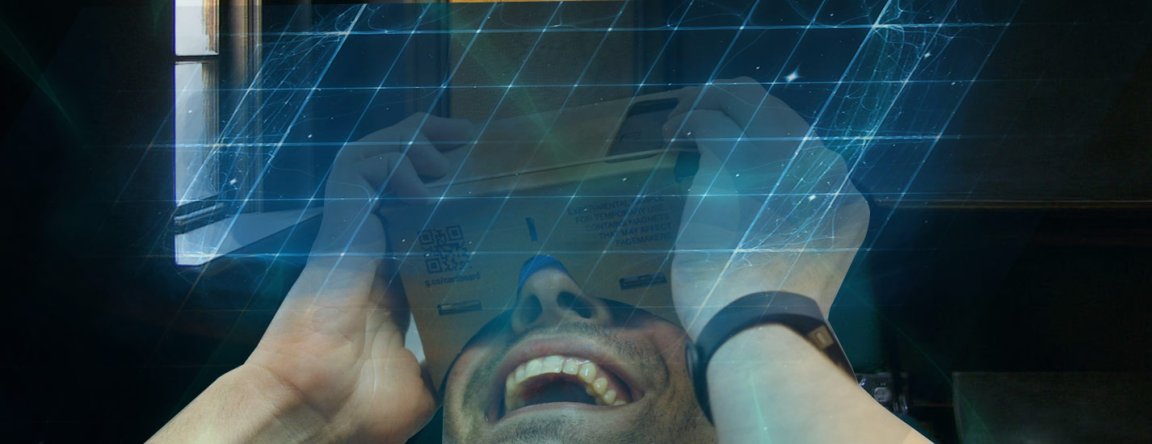
Tactonic Technologies
Thus far, for some of the biggest players in the virtual reality (VR) field such as Oculus and HTC, VR is all about what you can see and what you can do with your hands. That’s about as immersed as you can get. But a New York-based startup is trying to add another layer of depth to the VR experience—this time, through your feet.
Tactonic Technologies is creating pressure-sensing floor mats that measure how users move within the realm of virtual reality to allow for a more natural sense of motion, and possibly even permit better control of their full-body VR avatar.
“You’re thinking, ‘I want to move this way, I want to move that way,’ and you start moving this way or that way,” observes Ken Perlin, the chief scientific advisor at Tactonic.
The mat uses force plates which gather pressure-imaging data based on the movement of the user’s feet. The data are then sent to a computer connected via USB, whose software is able to analyze the information in realtime and translate it into movements that the game engine can use in VR. Thus far, it is capable of letting users seem like they are tilting left or right as well as gaining or losing altitude.
Happy Feet
The device essentially makes moving around in VR more intuitive as opposed to simply using handheld controls, which also is likely to make users feel sick. Check out a demonstration in the video below.

Tactonic is already looking into making the 24×18 inch mat available by April, bundled with the various software tools to developers in the hopes that they will be able to come up with applications for the device for VR gaming. The company is hopeful that they will be able to make the mat available for consumers by the end of the year, with a price tag of $200; but realistically speaking, it doesn’t look like it will be available by December.
The mats can also be used solo or tiled together to create a bigger space. And while the developer’s version will connect straight to a computer, a wireless, bluetooth enabled consumer version will be made available.
And the VR mat is likely to have applications beyond just the gaming industry. Perlin envisions flooring entire rooms with these pressure-sensitive “smart tiles,” and using them in fields as diverse as dance, athletics, physical therapy, telepresence, film and animation, in short, wherever intuitive motion in virtual reality is required.
In time, you’ll be able to just roll out your mat and step into the world of your wildest fantasies.